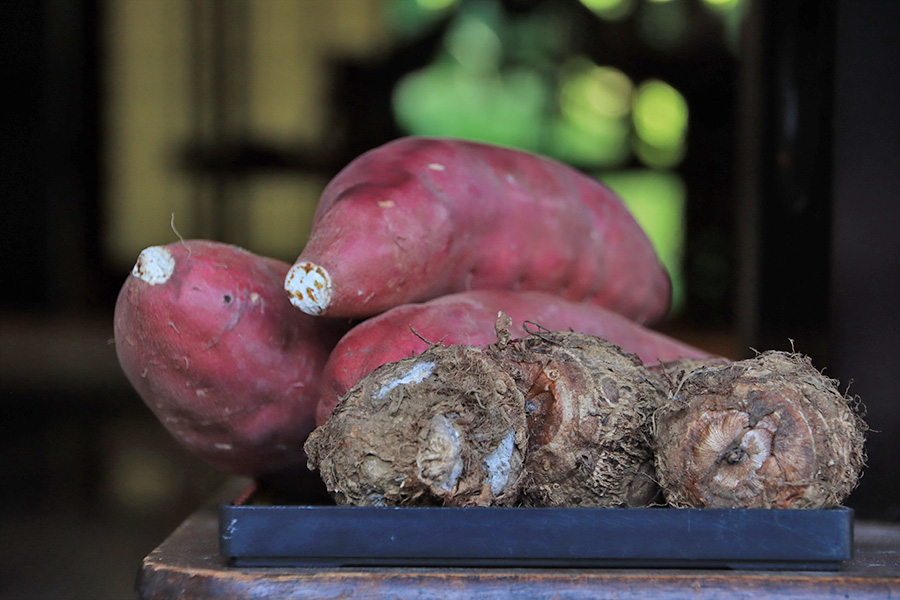
Kids Web Japan
Calendar
Autumnal Moonlight Viewing

There is an old custom of celebrating the full moon on the fifteenth day of the eighth month on the traditional Japanese calendar. It's a very poetic and elegant practice, with people placing ornaments and offerings next to windows, on verandas, and in other places where one can see the moon. Vases are filled with pampas grass and autumnal herbs, and seasonal foods like dumplings, pears, persimmons, and grapes are placed on dishes.

Autumn consisted of the seventh, eighth, and ninth months of the year on the old Japanese calendar. The full moon in the middle autumnal month, called chushu no meigetsu, was considered particularly beautiful, as the air became crisper and the heat of summer subsided.
The traditional Japanese calendar and the modern one are off by about a month. Thus chushu no meigetsu usually falls somewhere around September and the date differs every year. It's also common for chushu no meigetsu to be a day or two off from the actual day of the full moon.
Records show that chushu no meigetsu was celebrated with poetry and music by court aristocrats as early as 909.

In the Edo period (1603-1868) the practice of enjoying the beautiful rays of the moon spread to warriors and townspeople. Farmers also incorporated viewing the full autumn moon into agricultural rites. For instance, taro roots (sato imo) were prepared as offerings, and moon-viewing doubled as a harvest festival. This became so widespread that the full moon in mid-fall also came to be known as imo meigetsu.
Eating dumplings - made from rice pounded into paste and shaped into spheres like the moon - made people feel like they were sharing a meal with the lunar god.
